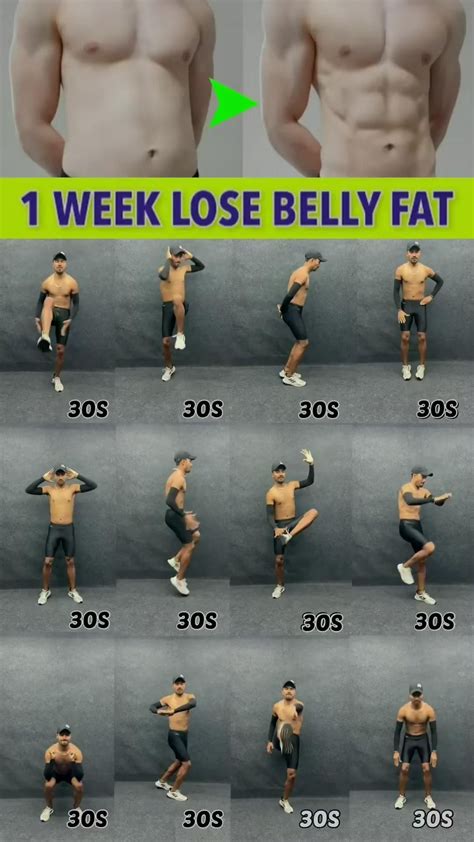For many men, shedding excess weight around the midsection can feel like an uphill battle. This “stubborn” belly fat, also known as visceral fat, isn’t just an aesthetic concern; it’s a significant health risk linked to conditions like heart disease, type 2 diabetes, and certain cancers. While there’s no magic bullet for spot reduction, a strategic, holistic approach can significantly impact your waistline and overall health. Here are actionable tips specifically designed for men looking to conquer stubborn belly fat.
Prioritize a Caloric Deficit and Macronutrient Balance
The fundamental principle of fat loss remains a caloric deficit – consuming fewer calories than you burn. However, for stubborn belly fat, the quality of those calories matters immensely.
- High-Protein Intake: Protein is crucial for satiety, muscle preservation (which boosts metabolism), and has a higher thermic effect than carbs or fats. Aim for 0.7-1 gram of protein per pound of body weight.
- Fiber-Rich Foods: Soluble fiber helps reduce visceral fat by promoting satiety and improving gut health. Include plenty of vegetables, fruits, legumes, and whole grains.
- Healthy Fats: Don’t fear fats! Monounsaturated and polyunsaturated fats (avocados, nuts, seeds, olive oil) are vital for hormone production and overall health, aiding satiety.
- Limit Sugars and Refined Carbs: These are notorious for increasing belly fat. Sugary drinks, pastries, white bread, and processed snacks contribute to insulin resistance and fat storage around the abdomen.

Embrace Strength Training
While cardio burns calories, strength training is paramount for building and maintaining muscle mass. More muscle means a higher resting metabolism, which helps burn more calories even when you’re not exercising. Compound movements like squats, deadlifts, bench presses, and rows are highly effective as they engage multiple muscle groups.
- Frequency: Aim for 3-4 strength training sessions per week, targeting all major muscle groups.
- Progressive Overload: Continuously challenge your muscles by increasing weight, reps, or sets over time.
Integrate High-Intensity Interval Training (HIIT)
HIIT involves short bursts of intense exercise followed by brief recovery periods. Studies suggest HIIT can be more effective than steady-state cardio for reducing belly fat, primarily due to its post-exercise calorie burn (EPOC – excess post-exercise oxygen consumption).
- Short & Effective: A 20-30 minute HIIT session 2-3 times a week can be highly impactful.
- Combine with LISS: Don’t completely ditch Lower-Intensity Steady-State (LISS) cardio. Walking, jogging, or cycling can complement HIIT and aid recovery.

Master Your Stress Levels
Chronic stress elevates cortisol levels, a hormone that promotes fat storage, particularly in the abdominal area. High cortisol can also increase appetite and cravings for unhealthy foods.
- Stress-Reduction Techniques: Incorporate mindfulness, meditation, yoga, deep breathing exercises, or simply spending time in nature.
- Hobbies & Downtime: Ensure you have activities that help you relax and de-stress regularly.

Prioritize Quality Sleep
Lack of sufficient, quality sleep disrupts hormones that regulate appetite (ghrelin and leptin) and metabolism. This can lead to increased hunger, poor food choices, and elevated cortisol levels, all contributing to belly fat accumulation.
- Aim for 7-9 Hours: Establish a consistent sleep schedule, even on weekends.
- Improve Sleep Hygiene: Create a dark, cool, quiet sleep environment, avoid screens before bed, and limit caffeine and alcohol in the evenings.

Stay Adequately Hydrated
Water is essential for nearly every bodily function, including metabolism and fat burning. Often, thirst is mistaken for hunger, leading to unnecessary calorie intake. Drinking enough water can also aid satiety and help your body function optimally.
- Drink Throughout the Day: Aim for at least 8-10 glasses of water daily.
- Water Before Meals: This can help reduce overall food intake.

Be Consistent and Patient
Losing stubborn belly fat is a marathon, not a sprint. Consistency in your diet, exercise, stress management, and sleep habits is key. Results won’t appear overnight, but with persistence, you will see progress.
- Track Progress: Don’t just rely on the scale. Take measurements (waist circumference) and progress photos.
- Seek Support: A trainer, nutritionist, or supportive community can help keep you motivated and accountable.
By implementing these actionable tips, men can significantly reduce stubborn belly fat, improve their overall health, and build a more resilient physique. Remember, small, consistent changes lead to significant long-term results.




